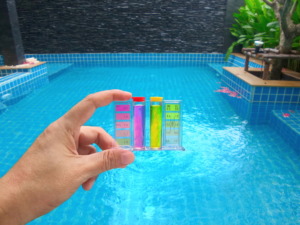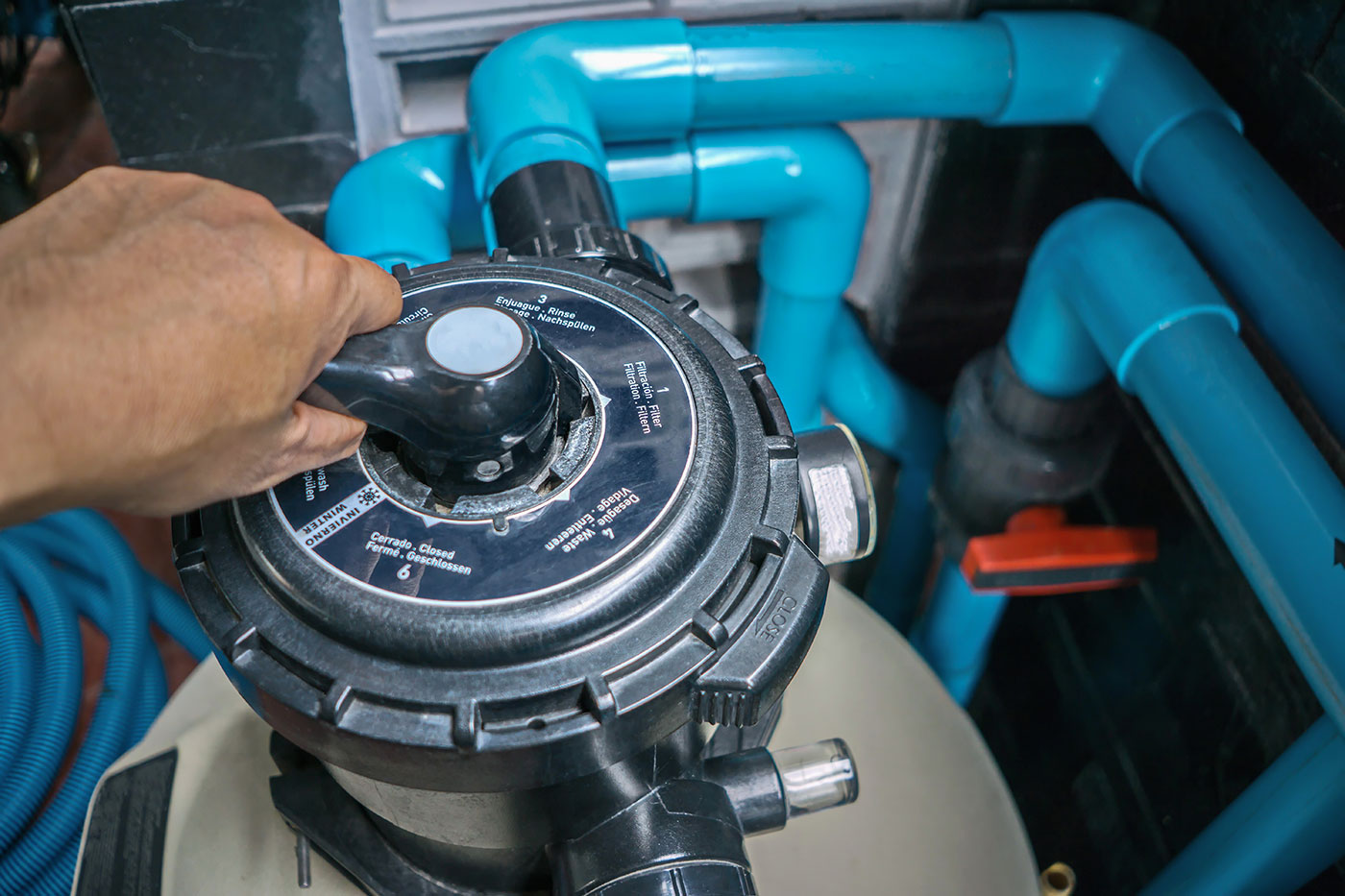Unless you relish plunging into cold water, the chillier weather also means several months of down time for your Florida swimming pool. Unless it is heated, of course.
But don’t let its cooler water and low usage lull you into believing your pool can get by with less care and maintenance during the winter months. Indeed, nothing could be further from the truth. For even during its frostiest cold spells, Southwest Florida never stays cold long enough to prevent algae from forming in an under-treated swimming pool.
If you are new to Florida, or indeed new to owning a pool in Florida, here are a few tips for maintaining your pool during our cooler winter weather. Happily, we don’t have to go through nearly as many steps as our northern friends to effectively winterize our pools.
In Florida, a caged pool is often one the prime focal points of the home. As such, most pool owners we know keep their pools open and uncovered all year long. Covering them up during Florida’s most beautiful stretch of weather would extinguish a big chunk of their property’s paradise vibe. After all, would you throw a drape over the Mona Lisa?
 Still, there are a few winterizing tips that will help keep your pool in top form:
Still, there are a few winterizing tips that will help keep your pool in top form:
- Inspect your pool’s plumbing and filtration system to make sure summer hasn’t taken a toll on any of its key operating parts, including the vacuum, skimming components and drains. Now, during the off-season, is the time to make any necessary repairs or upgrades.
- Remove all pool floats and toys and store them in a cool dry place to prevent mold and mildew from forming and standing water from inviting mosquitos.
- Clean the pool as usual. Skim dirt from the surface and vacuum leaves and other debris from the bottom. Use a chlorine-based cleanser to remove stains and water marks from the surface tiles and pool liner.
- Your number one pool maintenance goal is to always stay ahead of algae. This is especially true in the summer. But winter isn’t that much different. Temperatures throughout Southwest Florida can rise well into the 80s during November and December and be consistently above 70 in January and February. These moderately high temperatures give algae plenty of opportunity to grow, given half a chance. We suggest maintaining the pool’s free chlorine level at between 1ppm and 3ppm during the winter; and its pH level between 7.2 and 7.6 for the water to be chemically balanced. Regular follow-up treatments are recommended—as needed—to keep these chemicals stabilized. Your local pool store will be happy to share additional best practices for maintaining pools during our mild Gulf Coast winters.
- Add a pool conditioner/stabilizer, maintaining at least 40 ppm to reduce UV degradation of your pool’s chlorine. The winter sun is less intense than the summer sun, so you can usually operate at the lower end of the range.
- Keep the water circulating by running the filtration system at least 6-8 hours a day. This will also help prevent algae growth.
- Empty the debris traps every few days to prevent build-up, stains and to maximize water flow.
- As winter tends to be the region’s driest time of year, it is always wise to keep an eye on your pool’s water level. Evaporation can occur at the surprisingly rapid rate of one to two inches per week when there is no rainfall to replenish it. Add water as needed to keep the level up and the pumps running properly.
- Make it a practice to reinspect your equipment each week while ensuring that the level of chlorine and pH in the water always remains correctly balanced.


Comments